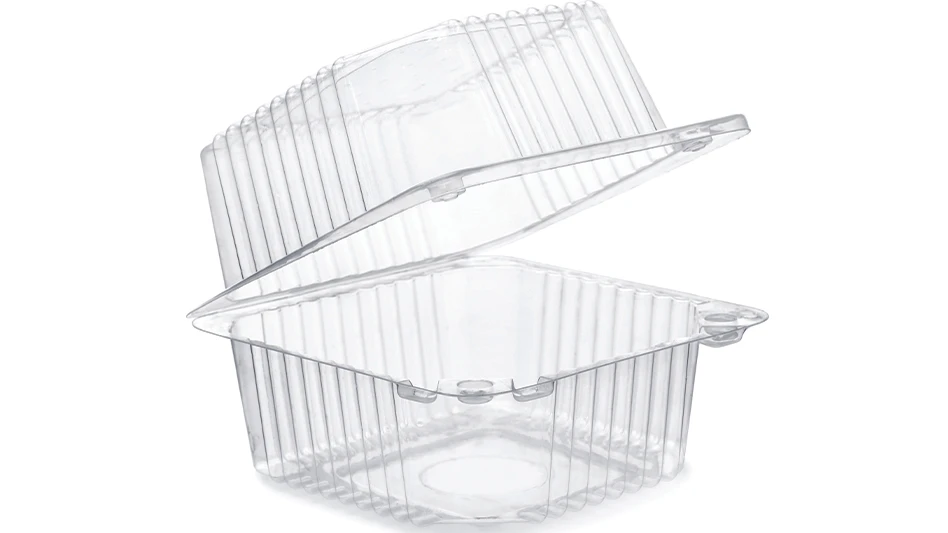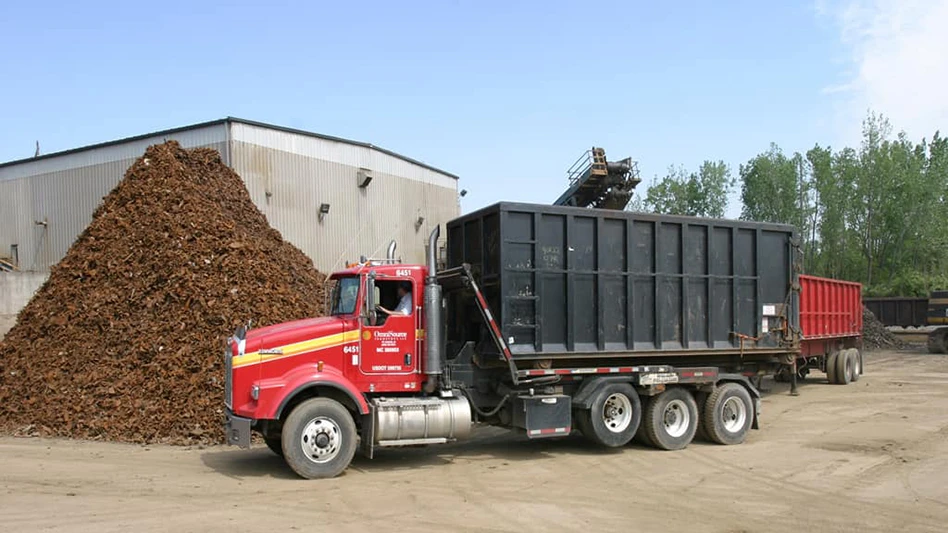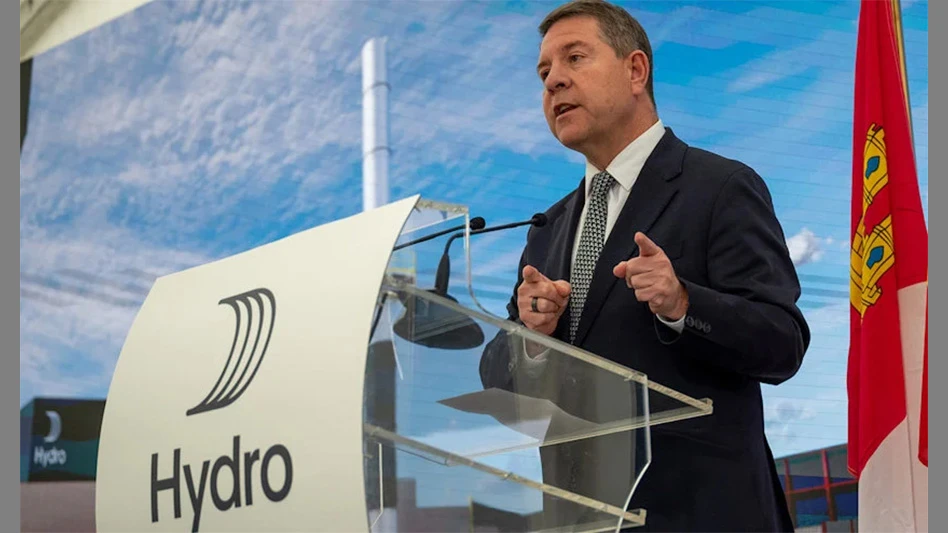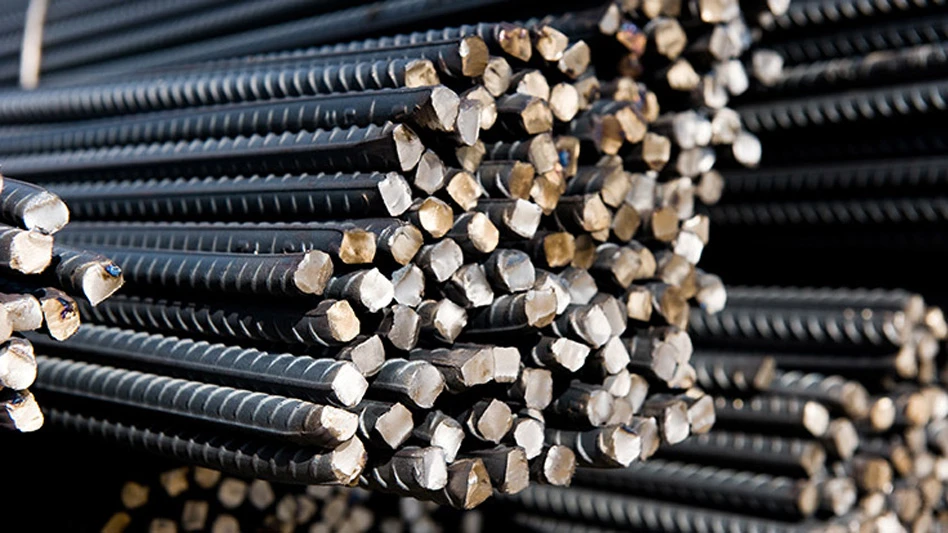Commodity prices have risen steadily throughout the past year in reaction to a consistent weakening trend in the value of the U.S. dollar and to a modest accumulation of fresh commercial stocks, as the worst recession in decades enters a period of recovery, albeit with much apprehension. Commodities in general have outperformed many other financial investments throughout 2009 as the availability of cheap money flowing from an assortment of global stimulus packages may have fueled an extended period of “excessive risk-taking,” an assessment recently expressed by the U.S. Federal Reserve.
PLATINUM MAKES GAINS
The price of platinum began last year at $932 per ounce, gaining 57 percent in 2009 to close December at $1,467 per ounce.
Investment demand still appears to be the primary price driver in the metals markets. For platinum, ETF (exchange-traded fund) holdings of physical metal have risen to a total of more than 680,000 ounces as of the end of December 2009. The amount of physical platinum held in London vaults to back investor purchases of ETF securities has more than doubled since the start of 2009 when stocks totaled only 307,930 ounces. Additionally, speculative positions for platinum on NYMEX (New York Mercantile Exchange) and TOCOM (Tokyo Commodity Exchange) totaled more than 1.5 million ounces in early January.
The announcement of a new American exchange listing of two separate ETFs for platinum and palladium sparked considerable investor interest at year end, credited with raising the price of the metal by nearly $250 per ounce, or 18 percent, from December lows of $1,375 per ounce to a then cyclical high of $1,625 per ounce in early January. In the first full week of operation, the new platinum and palladium ETFs accrued nearly 90,000 ounces and 100,000 ounces, respectively, of physical metal to back new purchases.
PGM (platinum group metals) prices have apparently divorced somewhat from the direction of the currency markets, at least for now, as the specter of a possible increase in speculative demand stemming from the new listings have investors adding to positions rather than taking profits at this time. Sharply higher platinum prices, however, could deter further buying by speculative investors as the potential for reward becomes less attractive. The platinum price as of early January had more than doubled from its cyclical low of $732 per ounce recorded in October 2008, despite vehicle sales in the larger Western markets still struggling to recover.
Global vehicle sales have fallen by an estimated 11 percent in calendar 2009, down to 57 million units, and are 19 percent lower than the 70 million vehicles sold in 2007.
Strong gains in sales continue to be reported in the emerging markets, particularly in China, which surpassed the United States in car sales in 2009. But while the European markets have done relatively well in 2009, largely as a result of supportive scrappage schemes, U.S. sales showed only some improvement in the latter months of the year, with 10.2 million units sold in 2009, some 6 million fewer than cited for 2007. Additionally, the termination of most incentive programs in Europe by the first quarter of 2010 could lead to softening sales in the second half of 2010.
Further, the total U.S. jobless rate for December 2009, including those collecting benefits and those believed to remain unemployed beyond the benefit period, may now represent more than 17 percent of the workforce, as an estimated 7.2 million jobs were lost since the start of the recession in December 2007. With current unemployment exceeding 10 percent for many of the EU countries and the U.S., any significant growth in vehicle sales in the West may be elusive. Nevertheless, continuing robust car sales in China, Brazil and in other developing economies along with some modest improvement in U.S. sales could result in an 8 to 10 percent rise in global vehicle purchases in 2010.
Another concern for later this year could be a possible reprise of the problems associated with the energy constraints experienced in South Africa in early 2008 that helped to boost precious metals prices, specifically for platinum and palladium, to record highs. The long-term underfunding of the next generation of South Africa’s energy capacity resulted in widespread power rationing and temporary reductions of 10 percent mandated for the country’s all-important mining industry. The situation was relieved somewhat last year by the global economic contraction and a consequent 2.2 percent fall in the country’s GDP growth in 2009, as indicated by the IMF (International Monetary Fund). But an expected economic recovery for South Africa, along with markedly higher metal prices that will likely promote a re-evaluation of pending expansion plans at many older and junior mines and the added power demands required for hosting the upcoming 2010 World Cup beginning in June could put increased stress on an energy system that has improved little during the past two years. Eskom, the state energy provider, is presently negotiating for government approval of a requested 35 percent per annum rate rise for the next three years needed to fund its proposed 385 billion rand (US$52 billion) expansion plan during this time.
South African platinum production could rise by 4 to 5 percent in 2010, up to 5 million to 5.1 million ounces, as significantly higher average prices of the PGMs will likely promote increased activity from junior miners, while the restructuring of assets and improvements in mine development at Anglo Platinum and Lonmin could also result in increased production levels. Additionally, the decision by Aquarius to re-open the Everest mine will bring added metal to the markets in the second half of this year. Recently, South African PGM production has been characterized by an increased mining of the UG2 reef along with growing activity on the Eastern Limb that will likely result in a greater proportion of palladium and rhodium and, as a consequence, lower outturn of platinum in the future.
Higher metal prices also have encouraged a recovery in the collection of salvage autocatalysts that began in late 2009 following a sizable decline in recycling totals for the year. The assorted scrappage schemes across the EU countries throughout 2009 and the Cash for Clunkers program in the United States added to the available supply of spent autocats (automotive catalytic converters). A-1 is projecting solid gains in recycling totals in 2010, as a firming price and global economic recovery should benefit the recycling effort. Platinum from spent converters could rise by some 10 percent to 820,000 ounces in 2010, while rhodium could rise to 195,000 ounces, an 11 percent increase. Recycled palladium could post increases of some 13 percent, which would approximate 2008 levels of 1.1 million ounces.
After strengthening to $1.42 to $1.44 per euro, the U.S. dollar again weakened at the start of 2010. However, the market’s perception of a steady weakening trend in the value of U.S. currency from current levels may be overdone and a further period of dollar strength could occur through the first half of 2010 in response to any indications that the U.S. Federal Reserve may be set to reverse its liquidity policies. At even the suggestion of an increase in short rates, speculative investors who have benefited from the historic low rates in the carry trade may choose to take profits and unwind positions, leading to a period of dollar demand. The dollar could strengthen to the $1.35 to $1.38 per euro range as a consequence, adversely affecting commodity prices, and in the absence of a strong recovery in vehicle sales, platinum could potentially retrace its recent gains to again test support at the $1,380 to $1,400 level.
Corrective phases in platinum in recent months have been shallow, however, often quickly drawing fresh buying to the market. With the launching of the new American listed ETF, platinum prices have benefited, becoming less dependent on the fluctuations in gold and the currency trade. Platinum has clearly outperformed gold in recent months after briefly trading at parity during the first quarter of 2009. Over the longer-term, with the eventual resumption in the dollar’s longer-term weakening trend and improving car sales in the Western economies, platinum could potentially rise again to new cyclical highs, perhaps even up to $1,800 to $1,850 per ounce in the latter months of 2010.
PALLADIUM’S STAR PERFORMANCE
Palladium outperformed platinum in the second half of 2009, as the price of the metal nearly trebled from its December 2008 low of $157 per ounce to its early January cyclical high of near $460 per ounce, with the platinum/palladium ratio narrowing considerably. There have been indications of a modest improvement in automotive demand for the metal, as vehicle manufacturers may be adding to what were extremely low levels of stocks resulting from a devastating global economic contraction and the related periods of bankruptcy for General Motors and Chrysler.
But speculative interests in response to dollar weakness are still more likely the principal determinant of prices at present. Speculative investors continue to support the metal as evidenced by NYMEX holdings of non-commercial and speculative positions climbing to 1.5 million ounces. ETF holdings of the metal add another 1.1 million to the total. The recent U.S. listing of a palladium ETF has only added to the growing investment demand.
Moreover, increased substitution of palladium in autocat manufacture and in dental applications, given the record high prices being posted for gold, is also acting to bolster demand for the metal. Palladium usage in converters for diesel engines has increased in recent years and may now account for 30 perent or more of PGM content in some diesel applications. Moreover, rising sales of smaller turbocharged gasoline engines throughout Europe, which can perform with converters of greater loadings of lower-cost palladium, have begun to rival diesel cars in both mileage efficiencies and price. In addition, given the current strong demand for smaller engine vehicles in the Chinese market, the use of palladium in converter manufacture also is preferred, again for its cost advantages. Catalytic converters manufactured for the U.S. market are also heavily weighted towards the use of palladium in the mix of PGMs.
As a consequence of the strong performance in the palladium price in recent months, additional supply of metal is now anticipated to reach markets this year. Norilsk, the largest single producer of palladium, recently upgraded its projections for 2009 outturn of PGMs in response to improvements in metal pricing, estimating a 4 to 5 percent increase in palladium production, up to an estimated 2.99 million ounces, and a 7 percent rise in platinum to a possible 715,000 ounces for the year. North American Palladium, which temporarily shuttered its Lac de Ilse, Thunder Bay, Ontario, mine in October 2008 because of falling metal prices, now anticipates production of 140,000 ounces of palladium annually for the next two years with first concentrates produced in the second quarter of 2010. Stillwater Mining, Stillwater Valley, Mont., the largest U.S. producer of primary palladium supplies, announced 2009 production of 529,900 ounces, ahead of the 498,900 ounces produced in fiscal 2008. The company has projected a target of 515,000 ounces of PGMs for fiscal 2010. This additional supply of metal coming to market could act to dampen further gains in prices. But counter to the potential pricing effect of this rise in new supply would be the market’s assessment that large overhanging stocks of palladium believed to have been held by the Russian Central Bank and Norilsk may now be exhausted or at least reduced to minimal amounts by sales over the past decade.
Should speculative interest continue in the palladium market, or should the dollar resume its weakening trend and sustain a move above the $1.50/euro level, the price of palladium may be expected to rise still further, perhaps up to $475 or even to $500 per ounce later this year. But, alternatively, if the dollar reverses its course with indications of the Federal Reserve beginning to unwind its fiscal and monetary stimulus programs and of interest rates starting to rise, then an abrupt sell-off in palladium could follow, but with the $360 to $380 area likely acting as initial support.
RHODIUM RECOVERS
After trading for more than a year at a value of only 10 to 20 percent of its June 2008 high of more than $10,000 per ounce, the rhodium price finally began to show signs of recovery in late 2009, breaking above the $2,000 level in early November 2009, reaching its highest price in more than a year of $2,800 per ounce later that same month. A revised interest in speculative investments was believed to have sparked this recent move in the price of the metal, rising by more than half in value from its average 2009 price of only $1,750 per ounce.
After pulling back to test support above $2,100 per ounce in mid-December, the price of rhodium has again risen to approach its $2,800 high at the start of the 2010. This renewed interest in the rhodium market from investment funds may be portending a further building of speculative positions ahead of a broader 2010 economic recovery.
Additionally, there have been indications that the auto sector in the U.S. and in Asia also may be participating in the move higher in the price of rhodium. Vehicle sales in China continued to boom throughout 2009, recording sales of 13.6 million units for 2009, up sharply from the 9.8 million vehicles reported in 2008, and surpassing total sales reported in the U.S. for last year. A modest increase in automotive demand for the metal has begun to develop in the United States, where fresh buying may be a product of the sharp gains in sales experienced during the Cash for Clunkers program in September and the consequent rise in production to replace vehicle inventories.
It is also widely believed that the severity of the recession and the periods of bankruptcy that affected the U.S. auto industry in 2009 have resulted in historically low levels of metal inventories on hand, further suggesting that a period of limited re-stocking may be occurring.
It is important to note that the use of rhodium in the global automotive sector accounts for an estimated 80 to 85 percent of annual demand for the metal. In addition, there had reportedly also been some increased interest from the glass and petroleum industries in the Asian markets in the second half of last year.
Environmental legislation will continue to necessitate the use of rhodium in catalytic converters for the removal of harmful particulates and nitrogen oxide emissions. Manufacturers will be subject to tighter regulations commencing with Euro 5 standards that were implemented in September 2009 and further in late-2014 under Euro 6 legislation. The U.S. Environmental Protection Agency also will require more stringent regulations regarding the reduction of nitrogen oxide emissions starting with the 2013 model year.
Rhodium may be expected to trade at higher prices in coming months, above the $3,000 per ounce level, with some projecting a further rise to challenge $4,000 per ounce before topping out for now. Clearer evidence of a confirmed turnaround in vehicle sales in the United States and in the European Union may be necessary for the recent gains in the rhodium price to be sustained.
Global vehicle sales are projected to post a possible 8 to 10 percent gain in 2010 as the Western economies likely experience a modest expansion and Asian markets continue to record robust growth. As vehicle sales recover, and the auto manufacturers increase production and again build inventories, perhaps toward the middle of 2010, the price of rhodium could see further improvement, possibly approaching levels within 50 percent of record June 2008 levels.
Get curated news on YOUR industry.
Enter your email to receive our newsletters.
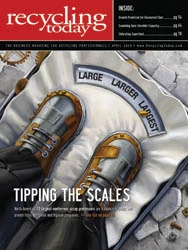
Explore the April 2010 Issue
Check out more from this issue and find your next story to read.
Latest from Recycling Today
- Toppoint Holdings expands chassis fleet
- Lego creates miniature tire recycling market
- Lux Research webinar examines chemical recycling timetables
- Plastics producer tracks pulse of wire recycling market
- Republic Services, Blue Polymers open Indianapolis recycling complex
- Altilium produces EV battery cells using recycled materials
- Brightmark enters subsidiaries of Indiana recycling facility into Chapter 11
- Freepoint Eco-Systems receives $50M loan for plastics recycling facility
